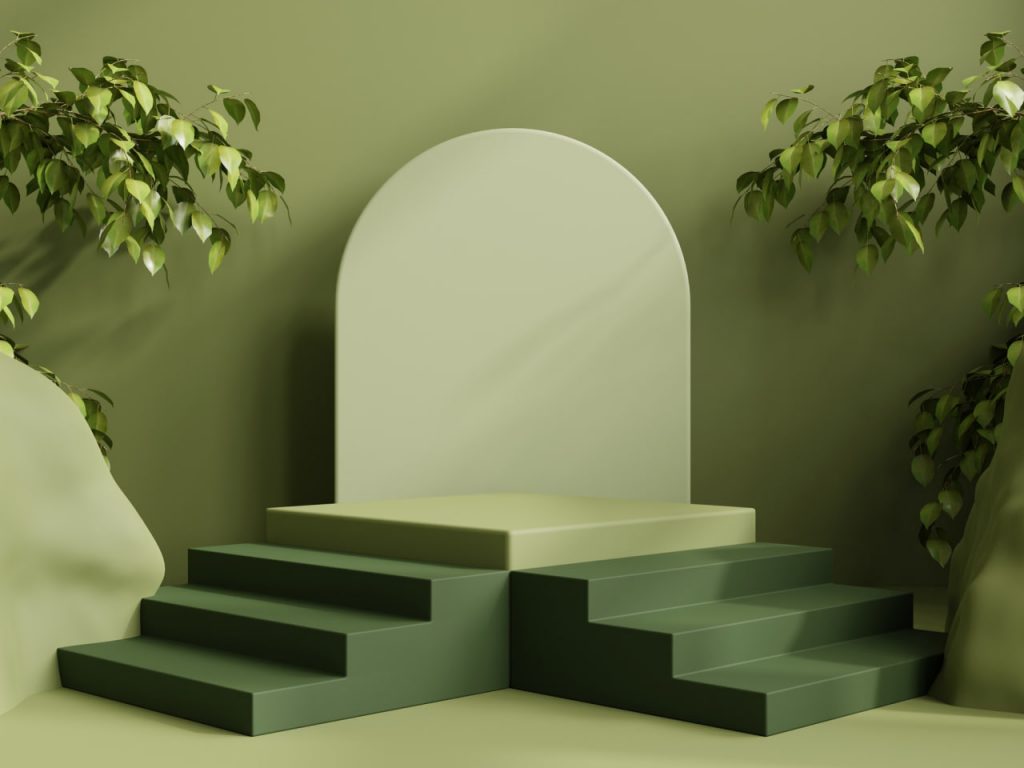Creating realistic 3D models is both an exciting and challenging endeavor for any 3D artist. The key to making your models look lifelike lies in attention to detail, understanding real-world physics, and mastering various techniques in texturing, lighting, and rendering. Whether you’re designing characters, objects, or environments, these tips will help you achieve a high level of realism in your 3D artwork.
1. Understand Proportions and Anatomy
Before you dive into the technical aspects of modeling, it’s important to have a solid understanding of the subject you’re creating. Whether it’s a human character, an animal, or a vehicle, you need to study its proportions and anatomy thoroughly. This ensures that your models look grounded in reality and maintain correct structure and symmetry.
For character modeling, learning about human or animal anatomy is crucial. Even if you’re not aiming for hyper-realistic designs, knowing the fundamental shapes, bone structure, and muscle groups will help you build a more accurate base for your model.
2. Work with High-Quality Reference Images
Using reference images is a key part of the 3D modeling process. They help you maintain accuracy, proportions, and detail in your model. Gather high-resolution reference images from various angles for the object or character you’re modeling. For characters, ensure you have front, side, and back views, as well as close-up details to understand textures and shapes clearly.
If you’re modeling environments or props, high-quality references of textures, materials, and lighting will help make the scene feel more realistic. It’s important to observe these references in great detail, looking at things like light reflections, imperfections, and surface interactions.
3. Focus on Texturing and Materials
One of the key elements of realism in 3D models is texture work. Adding textures to your models is what gives them life and realism. To achieve photorealistic textures, consider using PBR (Physically Based Rendering) techniques, which simulate the interaction of light with different materials. For instance, how a material like wood, metal, or skin reacts to light will vary greatly, and understanding these differences will help you replicate them in your textures.
Don’t forget to add the smallest details, such as dirt, wear-and-tear, scratches, and imperfections. These small details make a world of difference and can elevate your model from looking like a flat object to something that feels tangible.
4. Use Proper Lighting
Lighting is another critical factor in making your 3D models look realistic. It’s not just about placing a light source; you need to think about how natural and artificial light affects your model. Study the real-world lighting conditions that apply to your scene or object. For example, the way sunlight creates sharp shadows or how artificial light casts softer ones in a room will impact how your model is perceived.
In most 3D rendering engines, you can adjust different lighting properties, such as intensity, direction, color, and softness. Mastering the art of lighting will significantly enhance the realism of your 3D model.
5. Pay Attention to Detail and Scale
Often, what makes a 3D model look realistic isn’t necessarily how large the details are but how small and intricate they can be. Scale is critical, especially when you’re working on objects like vehicles, buildings, or props. Adding small details such as bolts, creases, seams, or minor imperfections like rust or worn paint helps your models appear more real. These small imperfections are often what separate professional-quality work from amateur designs.
Another key detail is surface irregularity. In the real world, no surface is perfectly smooth, and the way light bounces off various textures can affect its appearance. Consider adding slight irregularities to simulate real-world imperfections like bumps, grooves, and textures.
6. Master the Art of Rendering
After you’ve completed your 3D model, the final step is rendering it into a 2D image or animation. This step can make or break the realism of your model. Using the right rendering settings is vital, as it will affect everything from the appearance of light and shadow to texture details. Choose a rendering engine that best suits your needs—whether it’s Cycles in Blender or V-Ray in 3ds Max—and familiarize yourself with its settings.
Ensure that you adjust rendering quality, including things like anti-aliasing, reflection settings, and global illumination, to capture the full potential of your 3D model. Experimenting with depth of field, camera angles, and post-processing techniques can further enhance the final output.
Conclusion
Creating realistic 3D models is an ongoing learning process that requires practice and patience. By paying close attention to proportions, using high-quality references, and focusing on details like texturing, lighting, and scale, you can elevate your 3D models to the next level. Remember, every model you create is an opportunity to refine your skills and develop your eye for detail. As you continue experimenting and learning, you’ll find that your creations will become more lifelike and true to the world around you.

